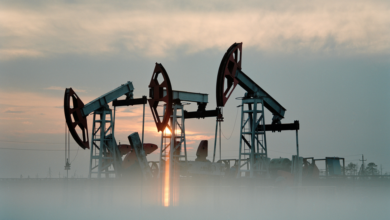During the climate stress test, the 187 funds burned more than 250 billion euros
– European pension funds risk burning more than €250 billion, almost 13% of their value, because they are too exposed to the impact of climate change. This is the un-comforting result of the first climate stress test for these investment funds conducted by Eiopa, the European Insurance and Pension Authority.
The results of the climate stress test
The performance of the 187 pan-European pension funds (IORPs) surveyed, which manage almost 2 trillion euros in total, is mainly influenced by investments in fossil fuels. On average, each fund had about 6% of its equity investments and 10% of its bond investments “in carbon-intensive sectors such as mining, electricity and gas, and land transport,” Eoipa notes. For which the scenario used in the climate stress test “foresaw strong devaluations between 20% and 38%”.
Read also Climate finance: 2,000 billion per year needed by 2030
This scenario is not far-fetched and is, indeed, borrowed from those already employed in recent years by the European Central Bank (ECB) to test the resilience of the European banking system to the shocks of the energy transition and the impact of the climate crisis. It consists, in fact, in “a sudden and disordered transition towards climate neutrality due to delayed political action, which translates into a sharp increase in carbon prices. This sharp rise in the price of carbon triggers transition risk effects for the entire economy”. Not far from what’s been happening over the years.
Half-empty glass
The result on the liabilities side improved. “If you look at both assets and liabilities, the impact on funding ratios seems manageable, which is in itself reassuring,” said Eiopa President Petra Hielkema. “However, the heavy losses on the asset side clearly highlight the vulnerability of the sector to climate risks, especially with regard to investments in carbon-intensive industries“.
All the more so in this year’s scenario, the good results on the liabilities side almost fully offset the asset collapse, “but this may not be the case in all scenarios“, warns Hielkema: “It is important to reflect on this aspect and consider testing different scenarios in future years, because they could give us an even better view of the environmental risks borne by IORPs”.






